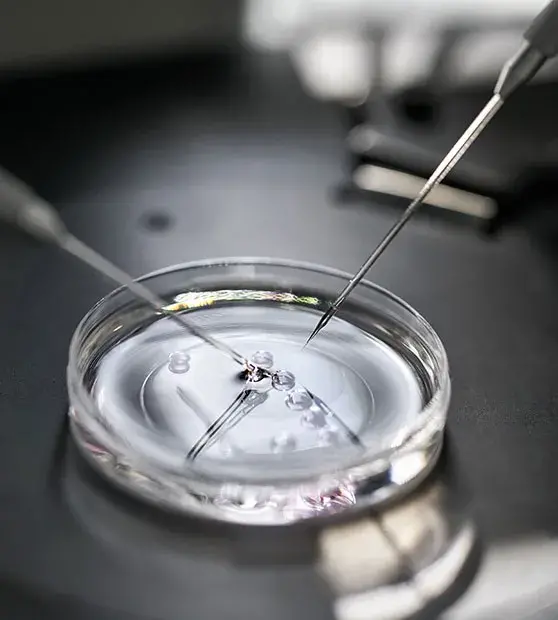Post-Ejaculation Urinalysis
Post-ejaculation urinalysis is a test done on the man’s urine after ejaculation. This test is usually done when the semen volume is low and because of retrograde ejaculation. In retrograde ejaculation, there is a backward flow of semen into the bladder rather than flowing out via the urethra. The semen gets mixed with the urine and is ejected as a waste. This occurs at the time of ejaculation. Retrograde ejaculation is a form of male infertility problem.
When is this examination suggested?
Post-ejaculation urinalysis is suggested to men experiencing problems while conceiving. The healthcare provider may suggest a sperm analysis before going for this test. If the sperm analysis shows any problem, including low sperm concentration, that may be because of retrograde ejaculation. The test confirms the presence of sperm in the urine.
Why is PEU significant?
Post-ejaculation urinalysis is taken for diagnosing retrograde ejaculation, which is indeed a severe male condition and a reason for male infertility. A patient is not likely to beat this health problem. In some instances, there is a slight possibility of clinical pregnancy. In addition, a diagnosis is useful for the doctor to prescribe suitable medicines and possible treatments helpful for minimizing the problem. And this may even restore normal ejaculation.
How is it done?
At first, a urine sample is collected following ejaculation. Then a physical analysis is performed by the professional technicians. The sample is positioned under a microscope to assess its cells and spot the presence of sperm. For assessing its chemical appearance, a special stick is utilized in the process.
What do the PEU results indicate?
This test is a clear indicator of the presence of sperm in the urine. So, if the man is suffering from retrograde ejaculation, then his urine sample would contain a huge number of sperm cells. With the help of suitable medicines and medical therapies, the condition can be managed and treated. Also, sperm might be taken from the testis directly and utilized for an ICSI technique that may be a benefit in achieving conception.



